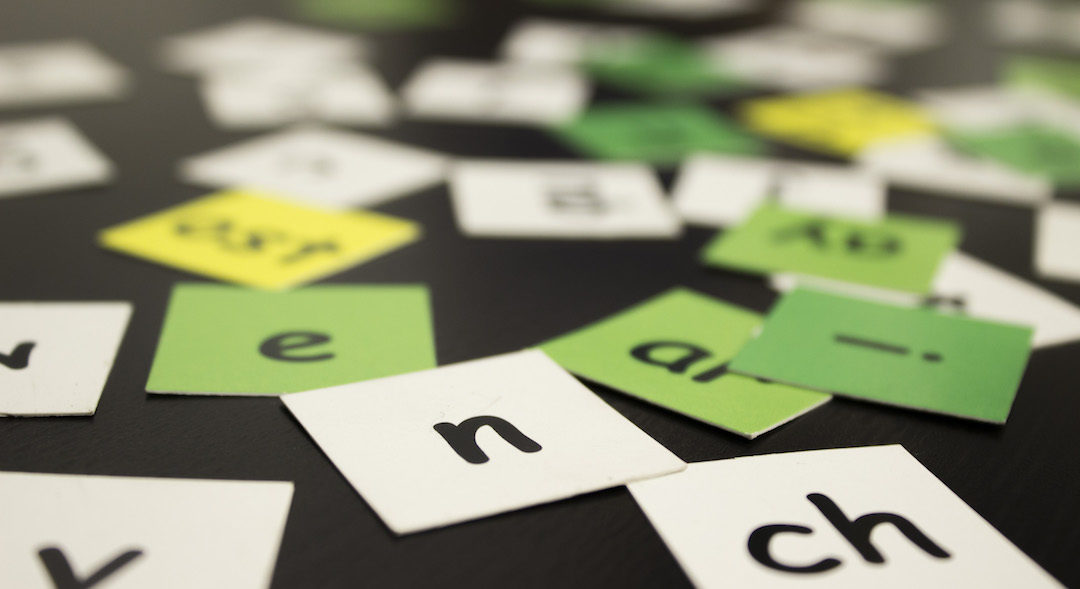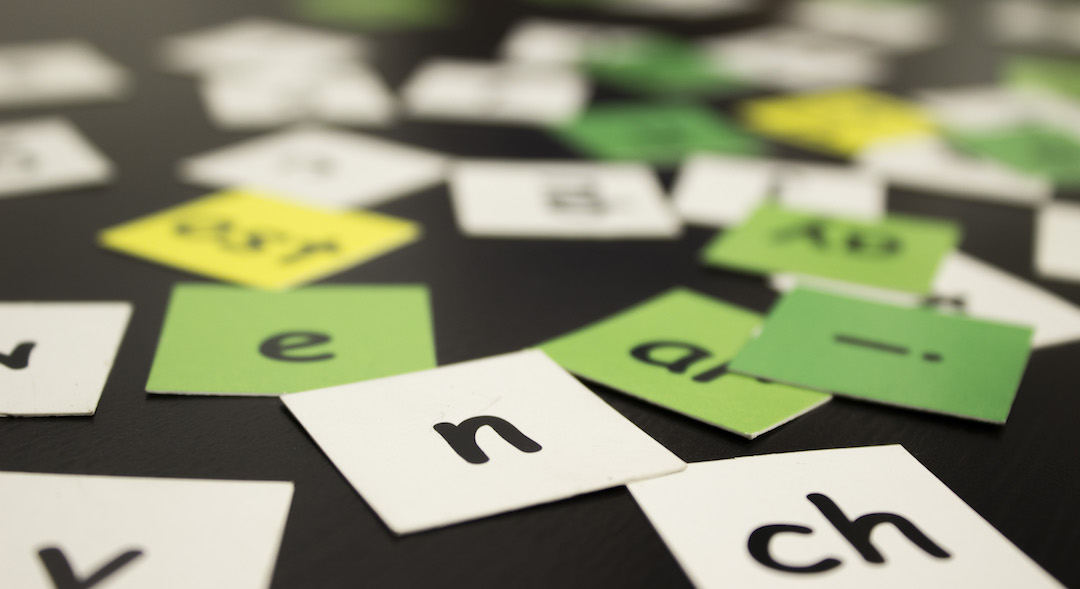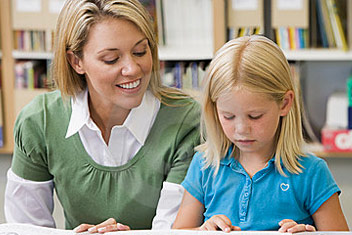
Spelling with Letter Tiles

My favorite part about teaching spelling with the PRIDE Reading Program is using the Letter Tiles. Each spelling lesson is multisensory since the kids are using both their visual and their kinesthetic modalities moving the tiles around to build words. Spelling with letter tiles is fun, interactive and engaging.
What are Letter Tiles?
In the PRIDE Reading Program, the Letter Tiles are those tiny color-coded squares that have each phoneme of the English language printed on them. They are used by the students when practicing a new concept or skill. The kids are given 10 words to build with their tiles. They say the word, bring down each sound they hear in the word and then blend the sounds together to read the word. Spelling with letter tiles is a step-by-step process.
Why use Letter Tiles?
Because each Letter Tile is a different color, it helps the kids visualize the more abstract concepts. In the PRIDE Reading Program, the consonants are all white, the vowels are all green. Therefore, when the kids are building words, the vowels really stick out. It also gives the kids a visual of manipulating each sound in isolation to create words as well as break apart syllables. For kids that are “hands on” learners, spelling with Letter Tiles are very helpful in building lasting memories to help make those difficult concepts (like learning the ea ) really “stick.”
How do Letter Tiles Work?
You have the option of placing the Letter Tiles in alphabetical order on a table or flat surface, or you can put magnets on the back of them and place them on a magnet board. I use both ways with my students in our Orton-Gillingham tutoring sessions, and the kids don’t seem to have a preference one way or the other.
In the PRIDE Reading Program, the letter tiles are used in every Practice Lesson and every Reinforcement Lesson. So, the kids are given plenty of opportunities to practice their new skills and also review their previously learned skills. Here is a sample video of me teaching a student spelling with Letter Tiles – it’s really short and quick, but gives you an overview.
Letter Tiles are a fantastic learning tool that helps kids learn to apply and use their spelling rules quickly and with accuracy. They are the perfect multisensory, fun and hands-on activity for kids taht are visual and kinesthetic learners. Do you use Letter Tiles in your spelling and reading lessons? If yes, please feel free to share what and how you do with with all of us! We welcome your feedback!

Karina Richland, M.A., is the author of the PRIDE Reading Program, a multisensory Orton-Gillingham reading, writing and comprehension curriculum that is available worldwide for parents, tutors, teachers and homeschoolers of struggling readers. Karina has an extensive background in working with students of all ages and various learning modalities. She has spent many years researching learning differences and differentiated teaching practices. You can reach her @ info@pridereadingprogram.com or visit the website at www.pridereadingprogram.com

